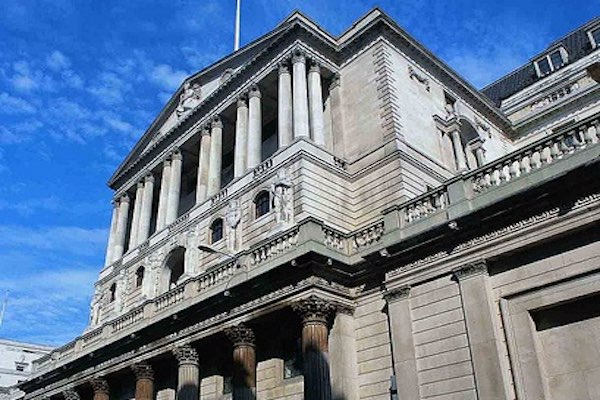
The Bank of England
The Bank of England’s Monetary Policy Committee (MPC) voted 5 – 2 – 2 to cut its base rate to 4.25%, in a widely expected move.
Two members of the committee voted for a larger 0.5% reduction, and two voted for no change.
The move puts the base rate at its lowest for two years.
Cutting rates was in part due to inflation being lower than expected in March, according to the Bank’s Governor Andrew Bailey. He added that inflation is expected to rise temporarily due to higher energy prices.
In its projections for the economy, the Bank said it expects UK economic growth to be stronger than previously thought this year. Its projections expect GDP to grow by 1% this year, 0.25% higher than previously predicted.
It did, however, downgrade its forecast for 2026 to 1.25% from 1.5% previously.
The next base rate decision from the MPC is expected on 19 June.
Freddy Colquhoun, investment director at wealth manager JM Finn, said he expects to see further cuts to the base rate this year.
He said: “In light of its 25bps cut today, the Monetary Policy Committee (MPC) states it is not following a pre-set path, remaining sensitive to heightened unpredictability. Despite divisions among MPC members, with two advocating for a 50bps (Dhingra as expected), the surprise came from Mann who voted to hold.
“The Committee admits there is a greater risk from global trade arrangements, and this could have a more deflationary effect on the UK. Alongside this, the MPC forecasts inflation to be at 3.5% in Q3 2025, before it starts to decline, and GDP growth will slow sharply in Q2 2025 to 0.1%, with risks skewed to the downside. This cut is as expected, but the report suggests a more dovish policy might be needed moving forward, and markets may expect a larger cut at its next meeting.”
Ed Monk, associate director at Fidelity International agreed that the momentum for rate cuts is building.
He said: “Today was another step downwards for rates and is likely to be followed by a few more before the year is out.
“Ahead of the announcement, the bond markets were pricing in four quarter point cuts by January 2026 - the cut today means there are three left in 2025 if the forecasts come to pass. The fact that two MPC members voted for a half-point cut suggests the momentum for rate cuts is building.
“Falling rates have been changing investor behaviours. Fidelity’s recent polling of investors showed that one in three (29%) is planning to more money from cash savings to investments in an ISA this year. This trend may well accelerate as rates begin to fall more quickly and cash returns dip.”